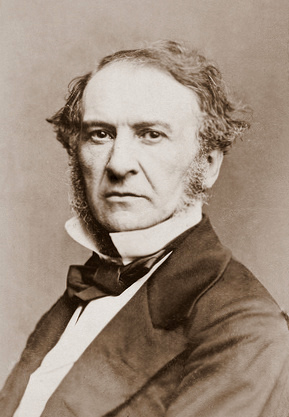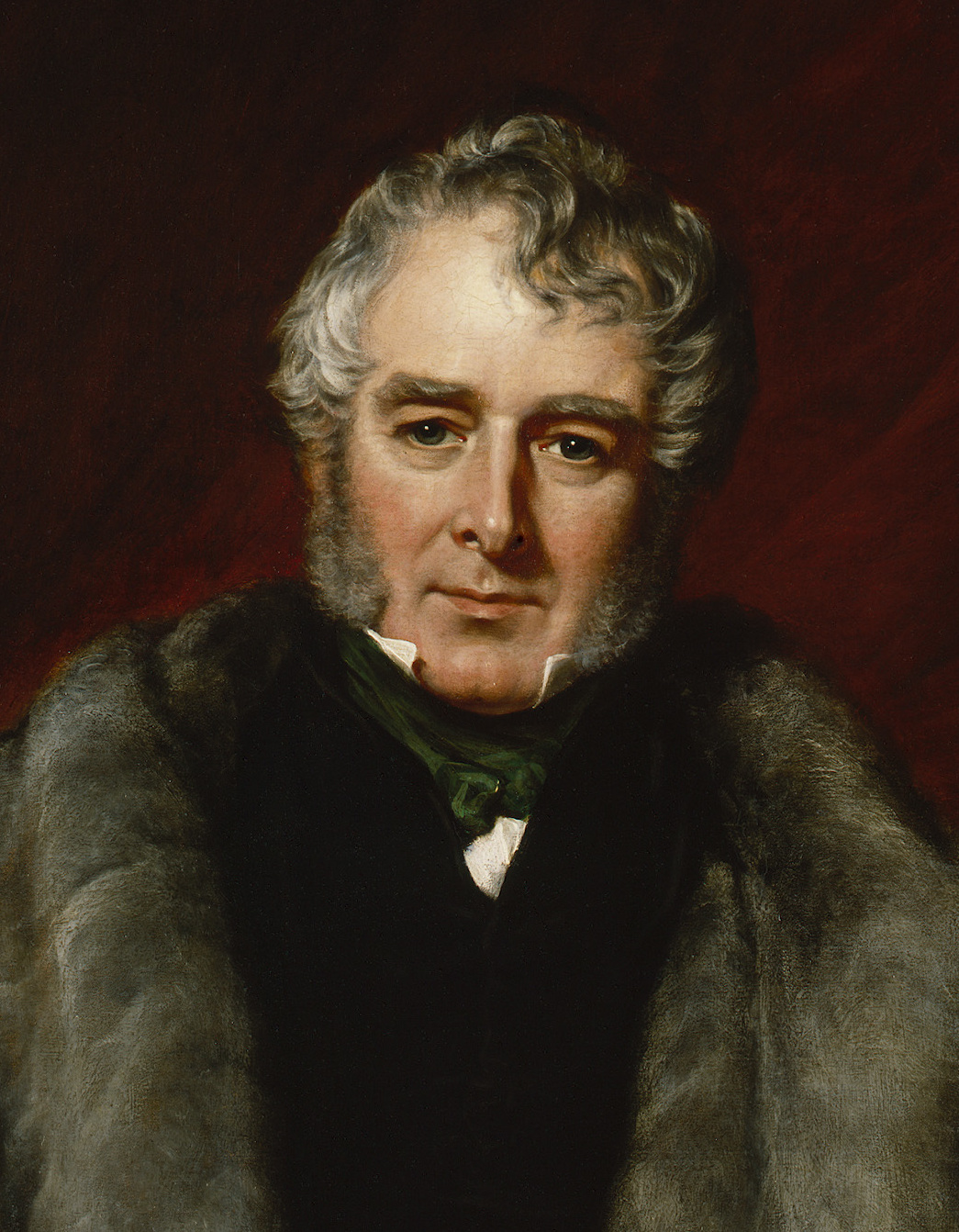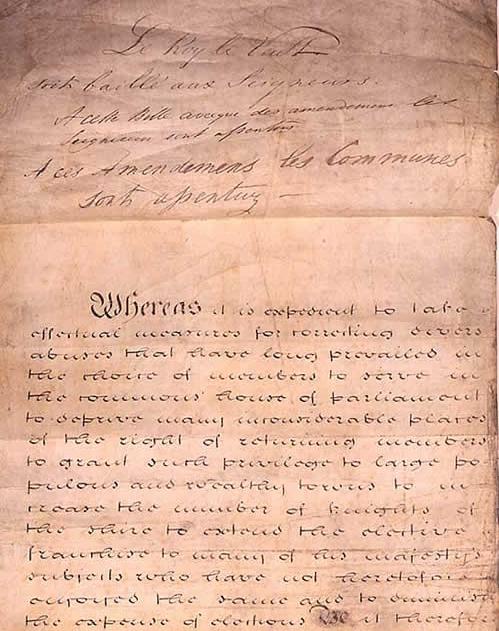|
East Riding Of Yorkshire (UK Parliament Constituency)
East Riding of Yorkshire was a parliamentary constituency covering the East Riding of Yorkshire, omitting Beverley residents save a small minority of Beverley residents who also qualified on property grounds to vote in the county seat (mainly business-owning forty shilling freeholders). It returned two Members of Parliament to the House of Commons of the Parliament. A brief earlier guise of the seat covered the changed franchise of the First Protectorate Parliament and Second Protectorate Parliament during a fraction of the twenty years of England and Wales (Scotland and Ireland) as a republic. First and Second Protectorate parliaments existence 1654-1658 The seat existed for the June 1654 to January 1655 parliament and for that following (July 1656 to September 1656). The East Riding electorate summoned four members simultaneously. Creation and abolition The constituency was created by the Reform Act 1832 as the four-seat Yorkshire was divided in three, two-seat divisions ... [...More Info...] [...Related Items...] OR: [Wikipedia] [Google] [Baidu] |
Yorkshire (UK Parliament Constituency)
Yorkshire was a constituency of the House of Commons of the Parliament of England from 1290, then of the Parliament of Great Britain from 1707 to 1800 and of the Parliament of the United Kingdom from 1801 to 1832. It was represented by two Members of Parliament, traditionally known as Knights of the Shire, until 1826, when the county benefited from the disfranchisement of Grampound by taking an additional two members. The constituency was split into its three historic ridings, for Parliamentary purposes, under the Reform Act 1832. Each riding returned two MPs. The county was then represented by the Yorkshire East Riding, Yorkshire North Riding and Yorkshire West Riding constituencies. Boundaries Yorkshire is the largest of the historic counties of England. The constituency comprised the whole county. Yorkshire contained several boroughs which each independently returned two members to Parliament. These were Aldborough, Beverley, Boroughbridge, Hedon, Kingston upon Hull, Knare ... [...More Info...] [...Related Items...] OR: [Wikipedia] [Google] [Baidu] |
Third Protectorate Parliament
The Third Protectorate Parliament sat for one session, from 27 January 1659 until 22 April 1659, with Chaloner Chute and Thomas Bampfylde as the Speakers of the House of Commons. It was a bicameral Parliament, with an Upper House having a power of veto over the Commons. Events After the death of Oliver Cromwell his son Richard Cromwell succeeded him as Lord Protector of the Protectorate on 3 September 1658. As a civilian, Richard did not have the full confidence of the Army, particularly as the administration had a perennial budget deficit of half a million pounds and the Army was owed nearly nine hundred thousand pounds in back pay. His only option was to call a Parliament in the hope that it would cement his position by general recognition of the ruling class and by raising new taxes to pay the arrears owed to the Army. The Third Protectorate Parliament was summoned on 9 December 1658 on the basis of the old franchise, and assembled on 27 January 1659. Richard was recognised ... [...More Info...] [...Related Items...] OR: [Wikipedia] [Google] [Baidu] |
Liberal Party (UK)
The Liberal Party was one of the two Major party, major List of political parties in the United Kingdom, political parties in the United Kingdom, along with the Conservative Party (UK), Conservative Party, in the 19th and early 20th centuries. Beginning as an alliance of Whigs (British political party), Whigs, free trade–supporting Peelites and reformist Radicals (UK), Radicals in the 1850s, by the end of the 19th century it had formed four governments under William Ewart Gladstone, William Gladstone. Despite being divided over the issue of Irish Home Rule Movement, Irish Home Rule, the party returned to government in 1905 and won a landslide victory in the 1906 United Kingdom general election, 1906 general election. Under Prime Minister of the United Kingdom, prime ministers Henry Campbell-Bannerman (1905–1908) and H. H. Asquith (1908–1916), the Liberal Party passed Liberal welfare reforms, reforms that created a basic welfare state. Although Asquith was the Leader of t ... [...More Info...] [...Related Items...] OR: [Wikipedia] [Google] [Baidu] |
Whigs (British Political Party)
The Whigs were a political faction and then a political party in the Parliaments of England, Scotland, Ireland, Great Britain and the United Kingdom. Between the 1680s and the 1850s, the Whigs contested power with their rivals, the Tories. The Whigs merged into the new Liberal Party with the Peelites and Radicals in the 1850s, and other Whigs left the Liberal Party in 1886 to form the Liberal Unionist Party, which merged into the Liberals' rival, the modern day Conservative Party, in 1912. The Whigs began as a political faction that opposed absolute monarchy and Catholic Emancipation, supporting constitutional monarchism with a parliamentary system. They played a central role in the Glorious Revolution of 1688 and were the standing enemies of the Roman Catholic Stuart kings and pretenders. The period known as the Whig Supremacy (1714–1760) was enabled by the Hanoverian succession of George I in 1714 and the failure of the Jacobite rising of 1715 by Tory rebels. The Whig ... [...More Info...] [...Related Items...] OR: [Wikipedia] [Google] [Baidu] |
Conservative Party (UK)
The Conservative Party, officially the Conservative and Unionist Party and also known colloquially as the Tories, is one of the Two-party system, two main political parties in the United Kingdom, along with the Labour Party (UK), Labour Party. It is the current Government of the United Kingdom, governing party, having won the 2019 United Kingdom general election, 2019 general election. It has been the primary governing party in Britain since 2010. The party is on the Centre-right politics, centre-right of the political spectrum, and encompasses various ideological #Party factions, factions including One-nation conservatism, one-nation conservatives, Thatcherism, Thatcherites, and traditionalist conservatism, traditionalist conservatives. The party currently has 356 Member of Parliament (United Kingdom), Members of Parliament, 264 members of the House of Lords, 9 members of the London Assembly, 31 members of the Scottish Parliament, 16 members of the Senedd, Welsh Parliament, 2 D ... [...More Info...] [...Related Items...] OR: [Wikipedia] [Google] [Baidu] |
1880 United Kingdom General Election
The 1880 United Kingdom general election was a general election in the United Kingdom held from 31 March to 27 April 1880. Its intense rhetoric was led by the Midlothian campaign of the Liberals, particularly the fierce oratory of Liberal leader William Gladstone. He vehemently attacked the foreign policy of the government of Benjamin Disraeli, Earl of Beaconsfield, as utterly immoral. Liberals secured one of their largest-ever majorities, leaving the Conservatives a distant second. As a result of the campaign, the Liberal Commons leader, Lord Hartington (heir apparent to the Duke of Devonshire) and that in the Lords, Lord Granville, stood back in favour of Gladstone, who thus became Prime Minister a second time. It was the last general election in which any party other than the Conservatives won a majority of the votes (rather than a plurality). Results summary Voting summary Seats summary Issues The Conservative government was doomed by the poor condition ... [...More Info...] [...Related Items...] OR: [Wikipedia] [Google] [Baidu] |
1868 United Kingdom General Election
The 1868 United Kingdom general election was the first after passage of the Reform Act 1867, which enfranchised many male householders, thus greatly increasing the number of men who could vote in elections in the United Kingdom. It was the first election held in the United Kingdom in which more than a million votes were cast; nearly triple the number of votes were cast compared to the previous election of 1865. The result saw the Liberals, led by William Gladstone, again increase their majority over Benjamin Disraeli's Conservatives ( see 1865 election) to more than 100 seats. This was the last general election at which all the seats were taken by only the two leading parties, although the parties at the time were loose coalitions and party affiliation was not listed on registration papers. Results Voting summary Seats summary Regional results Great Britain =England= =Scotland= =Wales= Ireland Universities See also * List of MPs elected in the 18 ... [...More Info...] [...Related Items...] OR: [Wikipedia] [Google] [Baidu] |
1837 United Kingdom General Election
The 1837 United Kingdom general election was triggered by the death of King William IV and produced the first Parliament of the reign of his successor, Queen Victoria. It saw Robert Peel's Conservatives close further on the position of the Whigs, who won their fourth election of the decade. The election marked the last time that a Parliament was dissolved as a result of the demise of the Crown. The dissolution of Parliament six months after a demise of the Crown, as provided for by the Succession to the Crown Act 1707, was abolished by the Reform Act 1867. Results Voting summary Seats summary Regional results Great Britain =England= =Scotland= =Wales= Ireland Universities References * * External links Spartacus: Political Parties and Election Results {{British elections 1837 elections in the United Kingdom General election A general election is a political voting election where generally all or most members of a given political body are cho ... [...More Info...] [...Related Items...] OR: [Wikipedia] [Google] [Baidu] |
1885 United Kingdom General Election
The 1885 United Kingdom general election was held from 24 November to 18 December 1885. This was the first general election after an Representation of the People Act 1884, extension of the franchise and Redistribution of Seats Act 1885, redistribution of seats. For the first time a majority of adult males could vote and most constituencies by law returned a single member to Parliament, fulfilling one of the ideals of Chartism to provide direct single-member, single-electorate accountability. It saw the Liberals, led by William Ewart Gladstone, William Gladstone, win the most seats, but not an overall majority. As the Irish Nationalists held the balance of power between them and the Conservatives who sat with an increasing number of allied Unionist MPs (referring to the Acts of Union 1800, Union of Great Britain and Ireland), this exacerbated divisions within the Liberals over Irish Home Rule and led to a Liberal split and another 1886 United Kingdom general election, general elec ... [...More Info...] [...Related Items...] OR: [Wikipedia] [Google] [Baidu] |
Redistribution Of Seats Act 1885
The Redistribution of Seats Act 1885 (48 & 49 Vict., c. 23) was an Act of the Parliament of the United Kingdom. It was a piece of electoral reform legislation that redistributed the seats in the House of Commons, introducing the concept of equally populated constituencies, a concept in the broader global context termed equal apportionment, in an attempt to equalise representation across the UK. It was associated with, but not part of, the Representation of the People Act 1884. Background The first major reform of Commons' seats took place under the Reform Act 1832. The second major reform of Commons' seats occurred in three territory-specific Acts in 1867–68: *the Reform Act 1867 applied to English and Welsh constituencies *the Representation of the People (Scotland) Act 1868 applied to Scottish constituencies and gave Scotland an additional quota of seats *the Representation of the People (Ireland) Act 1868 applied to Irish constituencies. The latter United Kingdom set of ... [...More Info...] [...Related Items...] OR: [Wikipedia] [Google] [Baidu] |
1832 United Kingdom General Election
The 1832 United Kingdom general election, the first after the Reform Act, saw the Whigs win a large majority, with the Tories winning less than 30% of the vote. Political situation The Earl Grey had been Prime Minister since November 1830. He headed the first predominantly Whig administration since the Ministry of All the Talents in 1806–07. In addition to the Whigs themselves, Grey was supported by Radical and other allied politicians. The Whigs and their allies were gradually coming to be referred to as liberals, but no formal Liberal Party had been established at the time of this election, so all the politicians supporting the ministry are referred to as Whig in the above results. The Leader of the House of Commons since 1830 was Viscount Althorp (heir of the Earl Spencer), who also served as Chancellor of the Exchequer. The last Tory prime minister, at the time of this election, was the Duke of Wellington. After leaving government office, Wellington continued to l ... [...More Info...] [...Related Items...] OR: [Wikipedia] [Google] [Baidu] |
Reform Act 1832
The Representation of the People Act 1832 (also known as the 1832 Reform Act, Great Reform Act or First Reform Act) was an Act of Parliament, Act of Parliament of the United Kingdom (indexed as 2 & 3 Will. IV c. 45) that introduced major changes to the Voting system, electoral system of England and Wales. It abolished tiny Electoral district, districts, gave representation to cities, gave the vote to small landowners, tenant farmers, shopkeepers, householders who paid a yearly rental of £10 or more, and some lodgers. Only qualifying men were Suffrage, able to vote; the Act introduced the first explicit statutory bar to Women's suffrage, women voting by defining a voter as a male person. It was designed to correct abuses – to "take effectual Measures for correcting divers Abuses that have long prevailed in the Choice of Members to serve in the British House of Commons, Commons House of Parliament". Before the reform, most members nominally represented boroughs. The number of ... [...More Info...] [...Related Items...] OR: [Wikipedia] [Google] [Baidu] |
.png)





.jpg)

